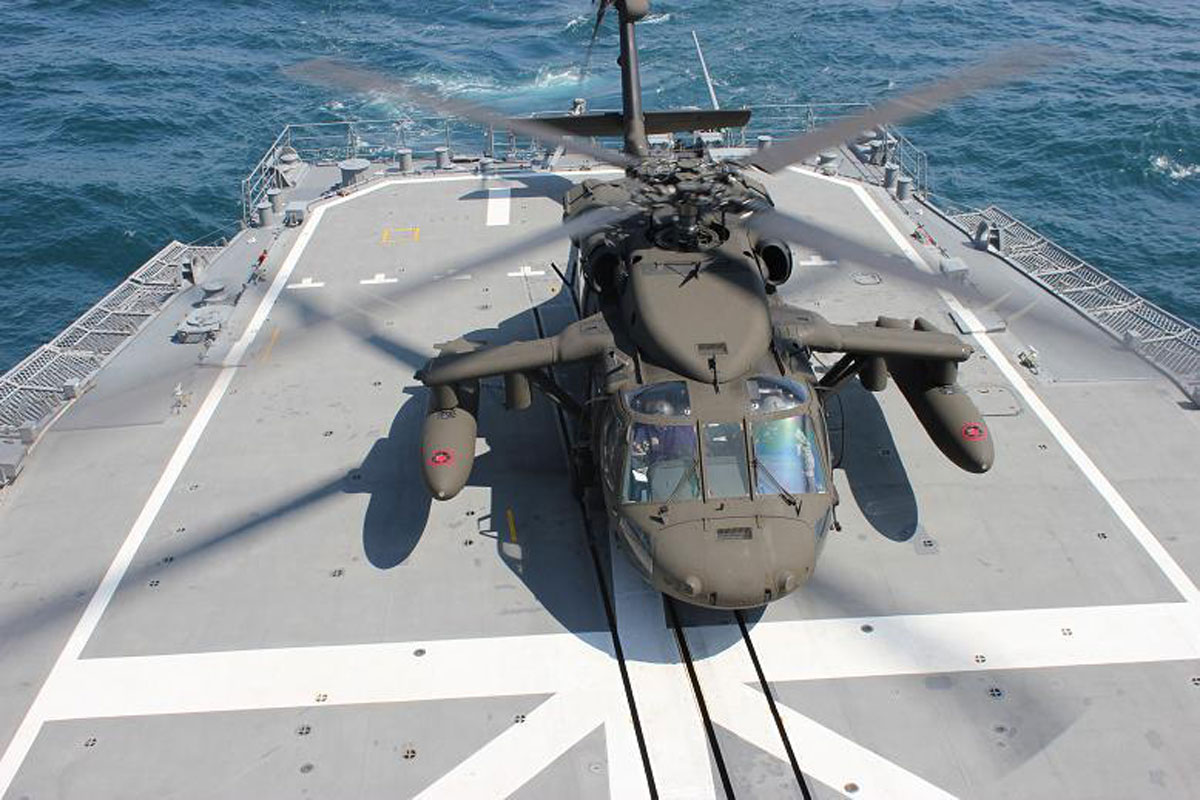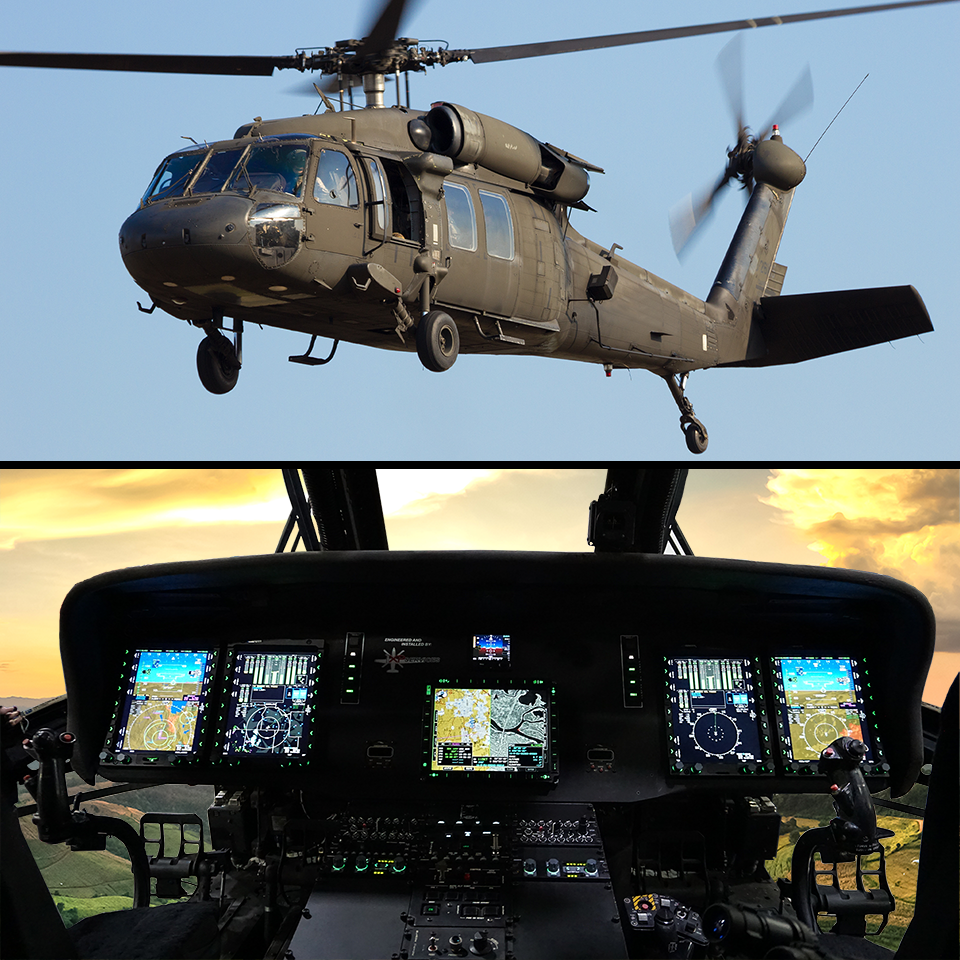The UH 60’s Enduring Legacy in Military Aviation and Its Global Impact
The UH 60’s Enduring Legacy in Military Aviation and Its Global Impact
Blog Article
Exploring the Background and Development of the UH 60 Helicopter

Beginnings of the UH-60
The origins of the UH-60 helicopter can be traced back to the late 1960s, a duration noted by the demand for a functional energy airplane that could adjust to the evolving needs of modern-day war. The united state Army recognized the necessity for a replacement for the older UH-1 Iroquois, which was ending up being significantly inadequate for the complexities of contemporary combat situations. In 1967, the Military launched the Energy Tactical Transport Aircraft System (UTTAS) program, which sought to develop a multi-role helicopter capable of various missions, consisting of troop transportation, clinical evacuation, and logistical support.
The design competition brought in numerous aerospace manufacturers, but it was Sikorsky Aircraft Firm that ultimately safeguarded the agreement in 1972. The UH-60 Black Hawk was introduced, showcasing innovative style aspects and advanced modern technology that established it apart from its precursors. Its first flight occurred in 1974, and the aircraft was formally embraced by the Army in 1979. The UH-60 rapidly got recognition for its durable efficiency, reliability, and versatility, leading the way for its extensive usage in military operations and strengthening its condition as a cornerstone of united state Army aviation.
Secret Layout Functions
Ingenious design functions of the UH-60 Black Hawk considerably add to its operational efficiency. One of the most remarkable aspects is its twin-engine configuration, which improves integrity and offers a greater power-to-weight proportion, enabling the helicopter to do under various problems. The airplane's four-blade major rotor system uses enhanced lift and ability to move, necessary for tactical missions.

Additionally, the cockpit is designed for ideal visibility and comfort designs, featuring advanced avionics that enhance pilot procedures. The modular style of the UH-60 permits easy maintenance and flexibility, making it suitable for different mission profiles, from troop transportation to medevac procedures. These key design functions ensure that the UH-60 Black Hawk stays a versatile and trustworthy possession in army air travel, qualified of fulfilling the demands of contemporary war.
Technological Developments
Recent technological improvements in the UH-60 Black Hawk have actually significantly improved its functional capacities and adaptability. The combination of innovative avionics, such as digital flight control systems and enhanced situational awareness screens, permits pilots to run with boosted precision and efficiency. These systems assist in enhanced navigation, communication, and data sharing, allowing the helicopter to work effectively in varied settings.
In addition, the intro of composite products has actually reduced the overall weight of the aircraft while maintaining structural stability. This decrease improves fuel effectiveness and extends functional array. The unification of innovative blades innovation, consisting go of using four-blade, totally expressed blades systems, has improved lift efficiency and ability to move, enabling far better handling in various trip problems.

In addition, advancements in propulsion systems, such as the T700-GE-701D engines, have enhanced power output and reliability - uh 60. These engines add to premium performance in high-altitude and hot-weather conditions
Lastly, the assimilation of self-defense systems and boosted sensing unit plans improves the Black Hawk's survivability and mission performance. Jointly, these technical enhancements guarantee that the UH-60 Black Hawk continues to be an essential possession in modern-day air travel, efficient in adjusting to the evolving needs of altruistic and armed forces goals.
Function in Military Procedures
As the backbone of U.S. Army air travel, the UH-60 helicopter plays a critical duty in numerous military operations, working as a functional system for battle support, transportation, and medevac objectives - uh 60. Its style integrates Clicking Here the capacity to operate in varied atmospheres, making it necessary for army motion and logistical support in both unusual and standard war

In medical emptying situations, the UH-60 has verified indispensable, substantially reducing the time to deliver wounded soldiers from the battleground to clinical centers. Its innovative avionics and night vision capacities further make certain mission success under difficult problems. Overall, the UH-60 helicopter continues to be an important property, continuously adapting to satisfy the progressing needs of army procedures and boosting the efficiency of U.S. pressures worldwide.
Future of the UH-60
Looking in advance, the future of the UH-60 helicopter involves significant improvements in modern technology and abilities designed to enhance its functional effectiveness. As military operations evolve, the UH-60 is anticipated to integrate advanced technologies, including enhanced avionics, boosted weapons systems, and progressed communication tools. These enhancements will permit higher situational awareness and objective flexibility, guaranteeing that the UH-60 remains a vital possession on the combat zone.
One remarkable development is the integration of fly-by-wire systems, which will boost trip control precision and decrease pilot work. Efforts to update the airframe and engines intend to enhance rate, range, and haul capacity, thereby broadening the helicopter's functional range.
The future also holds assurance for boosted interoperability with unmanned aerial systems (UAS), allowing worked with goals that leverage both manned and unmanned capacities. Furthermore, the incorporation of expert system and artificial intelligence can optimize trip dynamics and maintenance processes, bring about decreased operational expenses.
Conclusion
The UH-60 Black Hawk helicopter represents a significant success in military aeronautics, evolving from the U.S. Army's initial requirements for a versatile utility aircraft. Its cutting-edge style features and constant technological developments have guaranteed its significance in different armed forces operations over the decades. As the needs of modern-day warfare modification, the future of the UH-60 will likely include more improvements and adjustments, strengthening its status as an important possession for armed pressures worldwide.
The UH-60 Black Hawk helicopter represents a significant milestone in armed forces air travel, arising from the United state Military's quest for Home Page a much more trusted and flexible utility airplane in the late 20th century.The origins of the UH-60 helicopter can be mapped back to the late 1960s, a duration noted by the need for a flexible energy aircraft that could adapt to the progressing needs of contemporary warfare. Overall, the UH-60 helicopter remains an important asset, constantly adapting to satisfy the developing demands of army procedures and boosting the efficiency of United state pressures worldwide.
Looking in advance, the future of the UH-60 helicopter involves substantial advancements in modern technology and abilities developed to boost its functional effectiveness.The UH-60 Black Hawk helicopter stands for a considerable accomplishment in armed forces aviation, evolving from the U.S. Army's initial requirements for a flexible energy aircraft.
Report this page